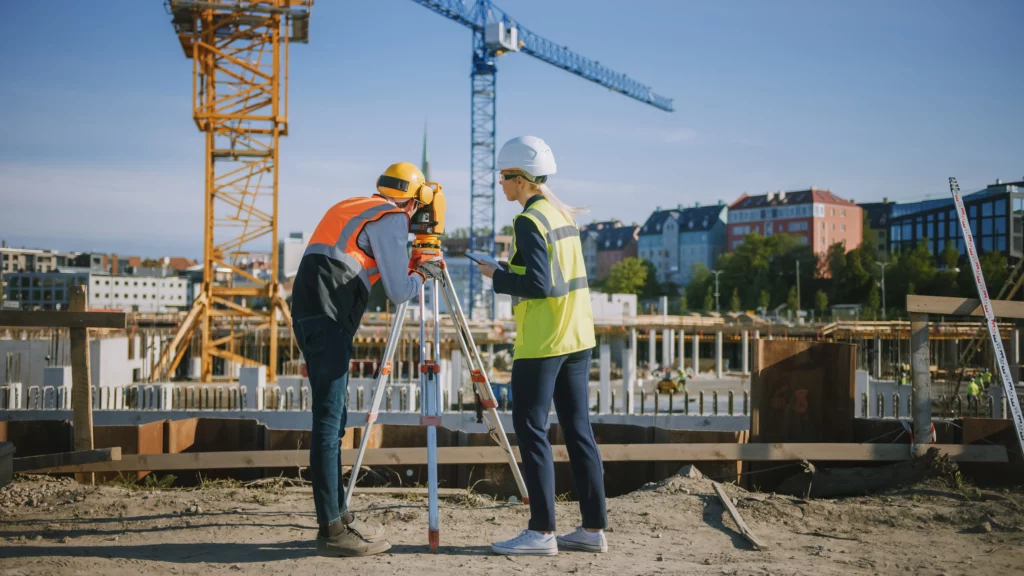One of the most striking statements from the Grenfell Inquiry came from Lead Counsel to the Inquiry Richard Millett when he accused witnesses of taking part in a “merry go-round of buck passing”.
In October 2023, a high court judge concluded it was “a political judgment” to reject the Hackett recommendation for all disabled people living in high rises to have a personal evacuation plan . At Grenfell, 15 of the 37 disabled residents died. The Home Office’s reasons for not following the recommendation included a familiar refrain: “unreasonable and disproportionate costs”.
The point is that it is naïve to ignore the politics which have surrounded Grenfell, and informed the UK Government’s response to it through the Building Safety Act.
The Act represents a pivotal moment for the construction industry, placing huge emphasis on building safety, accountability and transparency. For construction contractors and subcontractors, adapting to these changes is unavoidable. Understanding the Act’s requirements, cooperating with other duty holders and embracing a culture of safety and compliance will be central to navigating this new regulatory landscape.
As implementation continues, the Government has laid out four new sets of Regulations before Parliament which came into force at the beginning of October 2023 – all of them have great significance.
These are the critical headlines, shedding light on fire safety and regulatory compliance:
Navigating Safety Protocols: A Deep Dive into The 2023 Regulations for Higher-Risk Buildings Procedures Procedures in England
These cover various procedural matters including varying Building Control approval for new and existing Higher Risk Buildings (“HRB”), changes before and during construction, the Golden Thread, Mandatory Occurrence Reporting (“MOR”) and Inspections.
Golden Thread information is set out in Part 4, with Regulation 31 specifying the information and documents that must be kept as part of the Golden Thread of information before building work begins on an HRB. This information includes but is not limited to:
- the building control details;
- a copy of fire statements (where applicable);
- a copy of the plans for higher-risk building;
- evidence recorded to show compliance with the applicable requirements of the building regulations;
- any notification of emergency repairs to existing HRB;
- documents relating to a controlled change;
- any written report provided to the regulator under regulation 33 (mandatory occurrence reporting: reporting to the regulator); and
- the building certificate (if applicable).
Part 5 sets out the procedures for applying for a completion certificate in relation to HRBs.
Enhancing Building Safety: The 2023 Amendment to Building Regulations in England, Ensuring Design Adheres to Compliance Standards and Emergency Preparedness
These Regulations amend the Building Regulations 2010 to bring in changes which, amongst other things, facilitate the new duty holder regime and the planning gateways.
Specifically, this will require design and building work to be carried out in accordance with the Building Regulations and include competence requirements.
Safeguarding Occupants: The 2023 Regulations for Managing Safety Risks in Higher-Risk Buildings in England, Highlighting Legal Obligations, Risk Management, and Safety Case Reports
These regulations address building assessment certificates, safety case reports and how information should be provided to various parties interested in a property.
They also set out the detail concerning various duties of Accountable Persons (“AP”) and the Principal Accountable Person (“PAP”), which include/ relate to:
- building assessment certificates (“BACs”);
- the on-going management of building safety risks (including a definition of the “prescribed principles” in accordance with which APs are to operate);
- producing safety case reports (SCRs);
- MOR (separate from the design and construction phase MOR);
- changes in the identity of the AP;
- the resident engagement strategy;
- the PAP, having to put in place a PAP complaint procedure;
- information management and dealing with requests for further information; and
- contravention notices.
Ensuring Building Safety: The 2023 Regulations on Approved Inspectors, and Decision Reviews in England
These Regulations cover the transitional provisions from the old, approved inspector regime to the new building control approver regime, emphasising enforcement mechanisms and the impact on existing Approved Inspectors Regulations.
Approved inspectors will be replaced by “Registered Building Control Approvers”.
The main purpose of these Regulations is mainly to amend the Building (Approved Inspectors etc.) Regulations 2010 to support the new HRB control regime; amendments made to the Building Act 1984 by the BSA 2022 provide for the new Building Safety Regulator (“BSR”) to be the only building control authority for all HRBs in England. Local authorities and approved inspectors will not be able to supervise HRB work.
Concluding Thoughts: Adapting to the Building Safety Act Update and Embracing a Safer Future
These regulations provide welcome clarity to the construction and real estate sectors.
As we move into 2024, organisations affected by the new regime will need to gear up to comply with the detail contained in the new Regulations and get to grips with how it may affect them.
Further guidance and additional statutory instruments will follow – we’ll keep you posted.






































































